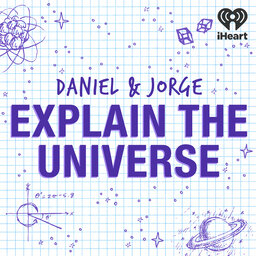Where did the Earth's atmosphere come from?
Daniel and Jorge explain where the air you breathe came from, and whether there's hope for deep breaths on exoplanets.
Learn more about your ad-choices at https://www.iheartpodcastnetwork.com
See omnystudio.com/listener for privacy information.
 Daniel and Jorge Explain the Universe
Daniel and Jorge Explain the Universe


